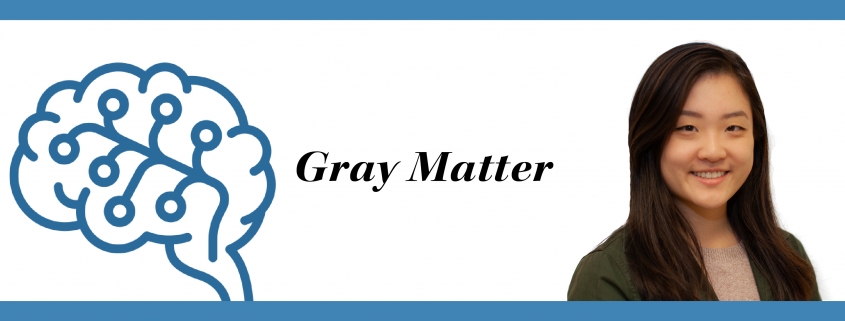Gray Matter: Human psychology makes social distancing a challenge

Days after public health officials issued warnings to stop nonessential travel and practice social distancing to combat the coronavirus pandemic, college students flocked to the beaches of Miami for spring break and visitors crowded the Tidal Basin in Washington, D.C. to see the cherry blossoms. “If I get corona, I get corona” was the sentiment behind many people’s decision to brush off public health warnings.
Many people, especially low-income individuals and essential workers, do not have the option of social distancing. But for those who do and choose not to, the continued dismissal of quarantine policies has been both baffling and frustrating to workers at the frontline battling the pandemic. This dismissive mentality is deeply rooted in neuropsychological factors, which help both elucidate and combat the kind of negligent behavior displayed by spring breakers and cherry blossom tourists.
Mobilizing large groups to take action has posed a challenge long before the current outbreak, and it first made headlines in psychology with the murder of Kitty Genovese in 1964. Despite plenty of neighbors who heard Genovese screaming as she was attacked outside her apartment, no one intervened or called 911. This group tendency toward inaction is attributed to diffusion of responsibility, a phenomenon where individuals are less likely to act in a group context because they assume that others will shoulder responsibility. However, in a pandemic that can spread through asymptomatic carriers, each individual poses a risk, and it is critical for everyone to take the necessary precautions.
This refusal to take on individual responsibility could also stem in part from optimism bias, first described in the 1980s by psychologist Neil Weinstein as the tendency for people to believe they are less susceptible to potential risks, such as disease, than others. In a survey of 4,348 people in France, Italy, the United Kingdom and Switzerland conducted in late February this year, half of the respondents believed they were less likely to be infected than the general population.
This sense of invincibility is especially heightened in young adults, like the college students who vacationed in Florida. As Harvard neuroscientist Leah Somerville explains, the frontal lobe, which is responsible for rational thinking and impulse control, is the last part of the brain to fully mature and continues developing into age 30, meaning that the compulsive, emotion-driven parts of the brain often dominate decision-making until then.
These findings are especially relevant with the coronavirus, which disproportionately harms elderly populations. For young adults who may not believe themselves to be at risk, poor judgment leads them to prioritize trivial matters over the well-being of others and neglect the long-term consequences of their actions.
Until the virus directly affects you, it can be easy to distance yourself from it and operate under a false sense of security. The most prominent example of this came from NBA player Rudy Gobert, who openly mocked the severity of the coronavirus in a press conference, only to be diagnosed with it a few days later. Expressing remorse over his actions, Gobert wrote on Instagram, “I hope my story serves as a warning and causes everyone to take this seriously.”
Looking beyond the role of individual responsibility, social distancing may pose a unique challenge because humans are innately social creatures. In a study conducted in 2015 that simulated social distancing behavior in an epidemic, researchers from the University of Strathclyde found a discrepancy between participants’ intention to practice social distancing and whether or not they actually went through with it; significantly more people intended to socially distance than the number who actually did. As Dr. Wendy L. Patrick, the author of a book on the psychology of attraction, points out, these findings imply that cutting out social contact is aversive to people, even when they are aware of the importance and benefits of doing so.
Furthermore, a study by USC associate professor Sarah Townsend found that surrounding ourselves with those going through the same crisis lowers levels of the stress hormone cortisol, indicating that stressful situations like the current pandemic heighten our need for social interaction on a biological level, which can be hard to ignore.
Although carrying on with regularly scheduled plans and going out to see friends may be enjoyable, it can directly put vulnerable populations and the entire health care system at risk. As the number of coronavirus cases rises exponentially and hospitals become overwhelmed, it is crucial for each of us to look at the bigger picture and recognize the role we can play in flattening the curve by engaging in social distancing.
Jessica He is a senior writing about neuroscience. Her column, “Gray Matter,” runs every other Wednesday.

